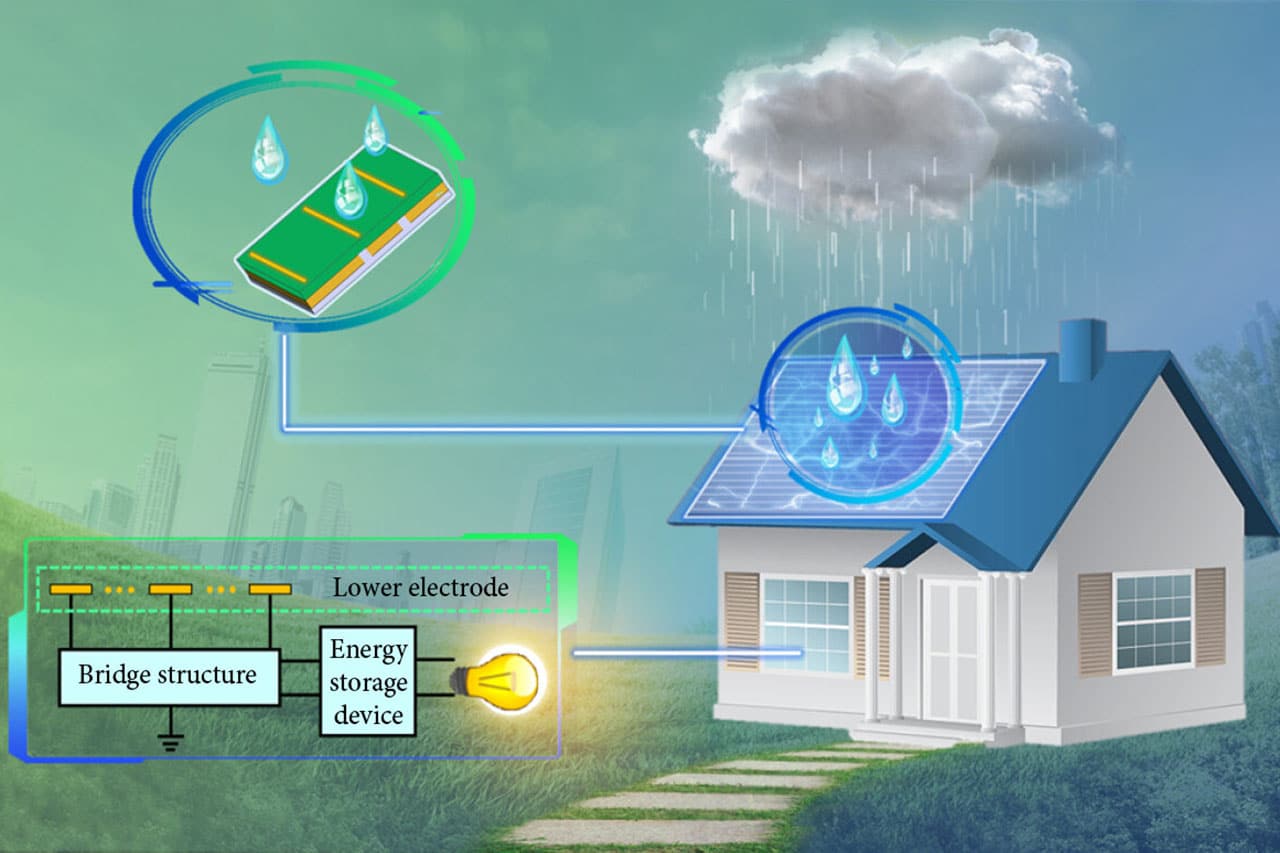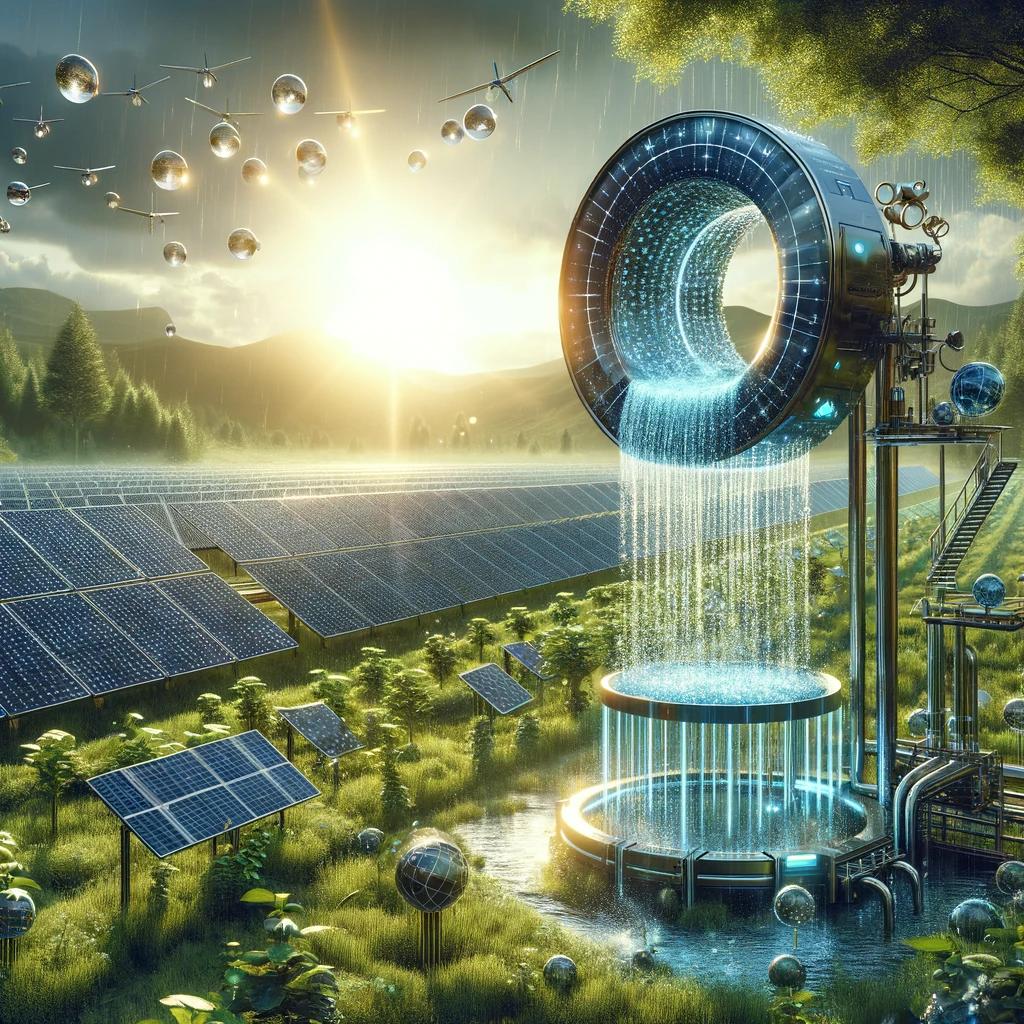Scientists at the National University of Singapore have made a pioneering breakthrough in renewable energy by developing a method to generate electricity from falling raindrops. This novel technique, known as “plug flow,” presents a compelling new way to harness clean energy—especially in densely populated urban areas where rainfall is abundant but space for traditional infrastructure is limited.

The Science Behind Plug Flow
Traditional methods of harvesting energy from water movement, such as hydropower, require significant infrastructure and are often limited to specific geographical locations. However, the plug flow technique capitalises on the natural motion of raindrops to produce electricity without the need for large-scale installations.
The process involves directing rain-sized water droplets through a narrow vertical tube. As these droplets descend, they form short columns of water interspersed with air pockets—a phenomenon termed “plug flow.” This movement facilitates a separation of electrical charges, generating a continuous current that can be harnessed for power.
Lead researcher Dr. Siowling Soh explains,
“Water that falls through a vertical tube generates a substantial amount of electricity by using a specific pattern of water flow: plug flow.”
Impressive Efficiency and Potential Applications
The plug flow system has demonstrated remarkable efficiency, converting over 10% of the kinetic energy of falling water into electrical energy. In practical terms, this setup successfully powered 12 LED lights using only the energy from simulated raindrops.
Such efficiency surpasses previous attempts at rain-based energy harvesting, which often suffered from low output and inconsistent performance. The simplicity and scalability of the plug flow system make it an attractive option for urban settings, where it could be integrated into rooftops, balconies, and other structures to supplement existing power sources.

Complementing Solar Energy
One of the significant advantages of the plug flow system is its ability to generate electricity during rainfall, periods when solar panels are less effective. By combining plug flow devices with solar panels, buildings could achieve more consistent energy production regardless of weather conditions.
This synergy between solar and rain-based energy harvesting could play a crucial role in decentralising power generation and enhancing the resilience of urban energy grids.
Looking Ahead
While the plug flow technology is still in its developmental stages, its potential implications for sustainable energy are substantial. Further research and development could lead to widespread adoption, particularly in regions with high rainfall.
As the global community continues to seek innovative solutions to meet energy demands sustainably, the harnessing of rain through plug flow represents a promising frontier in renewable energy technology.



